Authorities practice flood response on Ba River. Photo: ANH NGOC |
Risk of malnutrition during natural disasters
According to the Department of Dyke Management and Disaster Prevention and Control (PCTT), climate change along with global warming has made the natural disaster situation in the world increasingly complicated with an increasing trend in both frequency and intensity. Vietnam is one of the countries affected by many types of extreme natural disasters, especially in the North and Central Coast. Storms, floods, inundation, flash floods, landslides, droughts, riverbank and coastal erosion are types of natural disasters that cause great damage. According to statistics, in the past 20 years, on average, natural disasters have caused more than 300 deaths and missing people each year, with economic losses of 1-1.5% of GDP.
According to Ms. Dang Thi Huong (Department of Disaster Response and Overcoming - Department of Dyke Management and Disaster Prevention), the current general situation in localities is that the disaster prevention infrastructure system is not yet synchronized, so the response work is not very effective. Forecasting and warning work is still limited, especially with local heavy rains, flash floods, and landslides. Specialized vehicles for search and rescue are still lacking, not really suitable for all types of terrain. Community awareness and disaster response capacity are still limited, lacking equipment to ensure safety for forces participating in disaster prevention. The disaster risk management system is still scattered, not centralized, and the work of overcoming consequences is prolonged, leading to a lack of timeliness.
Mr. Nguyen Van Tien, Deputy Director of the Department of Dyke Management and Disaster Prevention, said: The concept of "nutrition response in disaster prevention" is a fairly new issue, but very important, and needs to be paid attention to in the current period and in the future. This activity is also one of the contents directed by the Prime Minister in Decision 02/QD-TTg dated January 5, 2022 on approving the National Strategy on Nutrition for the period 2021-2030 and vision to 2045.
Mr. Nguyen Van Tien added that in reality, many historic storms and floods have caused great damage to localities in our country. After the storms and floods devastated, women, children and families in the affected areas faced food shortages and the risk of severe malnutrition. Meanwhile, the health and clean water systems were damaged, disrupting access to safe drinking water and sanitation, while increasing the risk of disease outbreaks. Children under 5 years old, pregnant and lactating women were at risk of malnutrition due to disruptions in health and other services...
Proactive response
According to the Department of Dyke Management and Disaster Prevention, funding for emergency response is limited, most localities do not have available funds for contingency, while central and international support has decreased significantly. In addition, the emergency response network lacks experience and is constantly changing, so it is not proactive when natural disasters occur. Vietnam is facing challenges and difficulties in emergency response to nutrition.
Dr. Nguyen Thi Hong Diem (Department of Disease Prevention - Ministry of Health) said: Nutrition is an important factor in disaster response. Vietnam is strengthening the response system and needs coordination between the health sector and relevant parties. Solutions to improve nutritional response when responding to natural disasters include strengthening prevention and reserve of food and relief food; organizing an emergency nutrition monitoring system; communicating nutritional risks and recovery; cooperating with domestic and international organizations...
Nutritional response in disaster prevention and control is a relatively new but very important issue that needs attention in the present and future periods.
Mr. Nguyen Van Tien, Deputy Director of the Department of Dyke Management and Disaster Prevention
According to Dr. Hoang Thi Duc Ngan (Community Nutrition Department, Institute of Nutrition - Ministry of Health), in the event of natural disasters, floods, the risk of water-related diseases and malnutrition will increase significantly. Children and women are at high risk of malnutrition and micronutrient deficiencies. There are currently 4 main principles in emergency nutrition response: "ensuring human rights, impartiality, neutrality and independence". Nutrition provision in emergency response must ensure people's rights, support must focus on the most vulnerable and needy groups... Emergency response actions are divided into 3 phases: evacuation phase, 24-72 hour phase and after 72 hours.
Deputy Director of the Department of Dyke Management and Flood Control Nguyen Van Tien suggested: To effectively carry out flood control work, improving the capacity for forecasting and early warning of natural disasters is very important. Central and local ministries, branches need to review and revise the inter-reservoir and single-reservoir operation procedures; review and adjust sea dike design standards, increase the level of safety against storms and high tides for some areas; upgrade vulnerable sea dikes and river mouths. Strengthen forest management, protection and development; continue to implement the policy of building safe houses for people in flood-affected areas; assess the impact of works on flood drainage and propose solutions. Research and assess the causes of flooding, propose flood prevention solutions for river basins. Allocate resources to implement the Project on raising public awareness and community-based disaster risk management.
Source: https://baophuyen.vn/xa-hoi/202506/ung-pho-dinh-duong-trong-phong-chong-thien-tai-3d749ba/


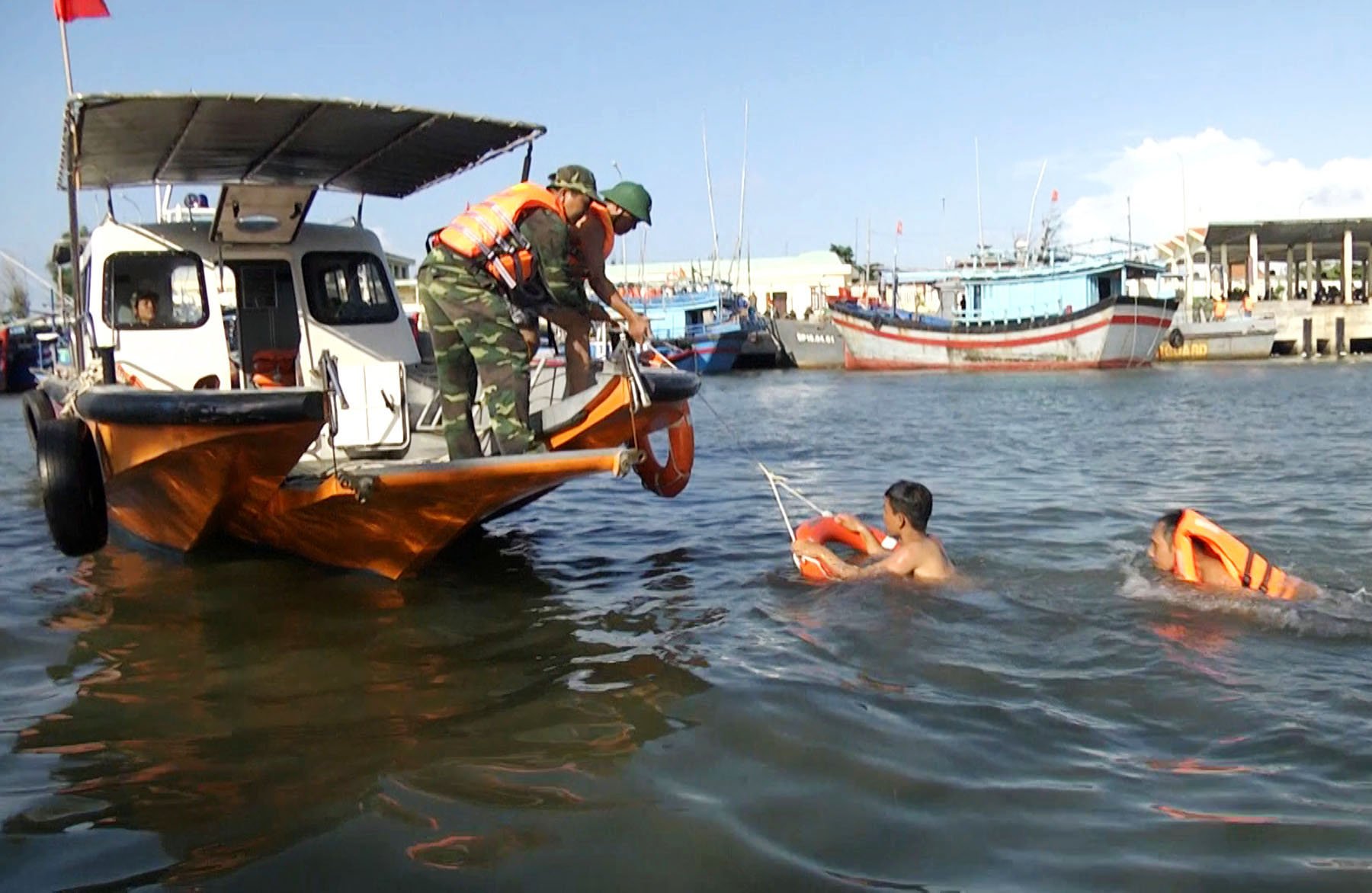




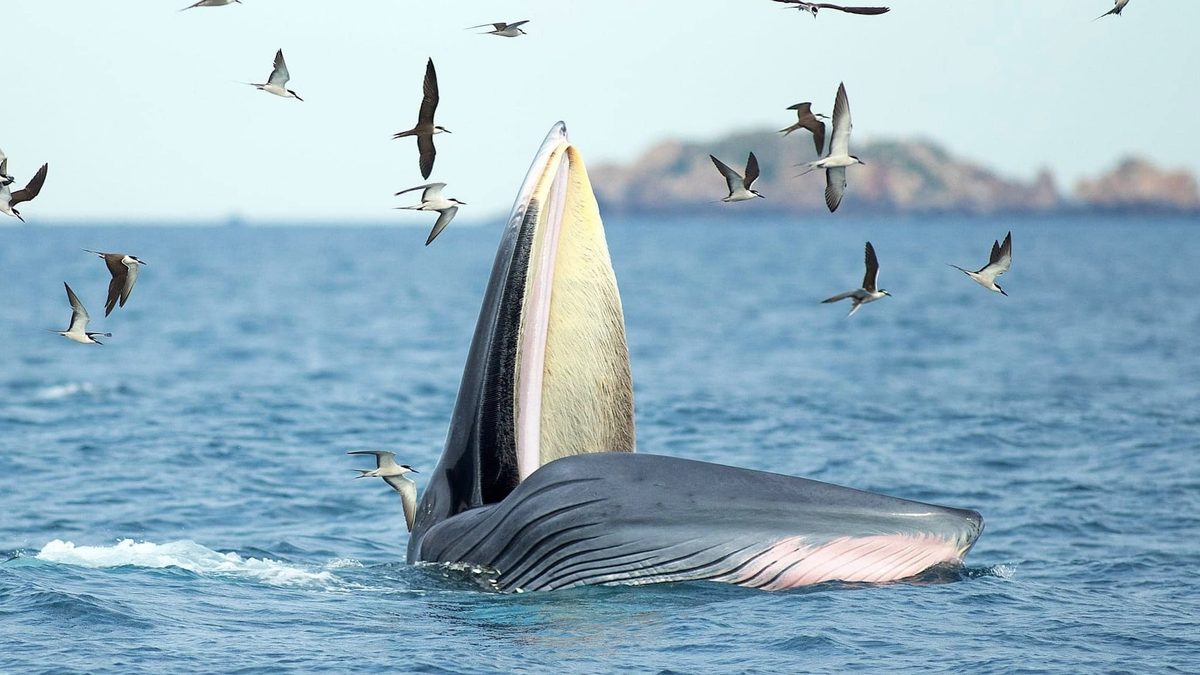
![[Photo] Cuban artists bring "party" of classic excerpts from world ballet to Vietnam](https://vphoto.vietnam.vn/thumb/1200x675/vietnam/resource/IMAGE/2025/6/26/797945d5d20b4693bc3f245e69b6142c)










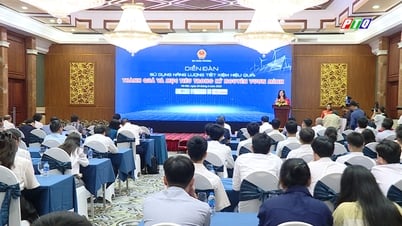









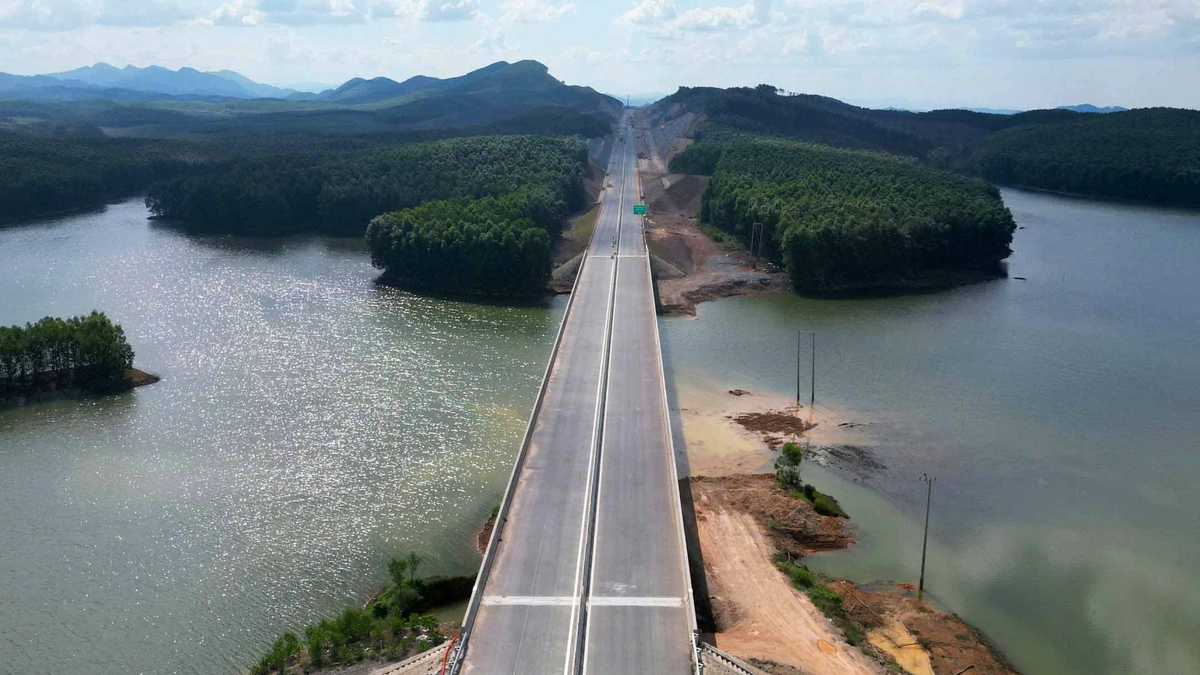
![[Photo] General Secretary To Lam receives Australian Ambassador to Vietnam Gillian Bird](https://vphoto.vietnam.vn/thumb/1200x675/vietnam/resource/IMAGE/2025/6/26/ce86495a92b4465181604bfb79f257de)












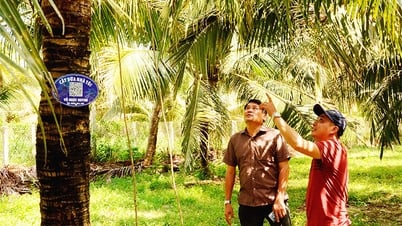



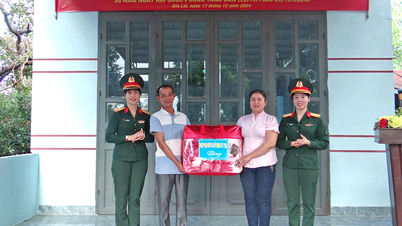














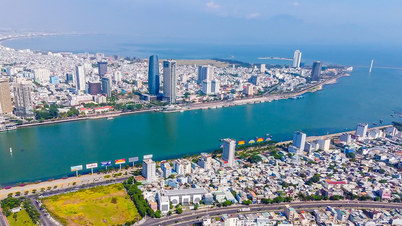





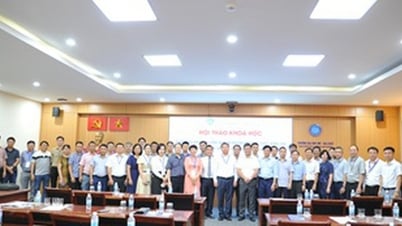








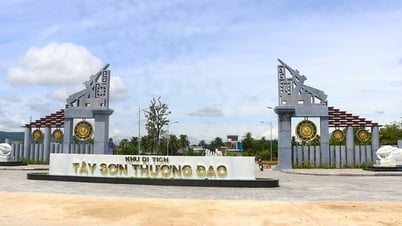



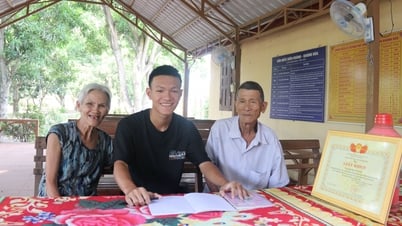

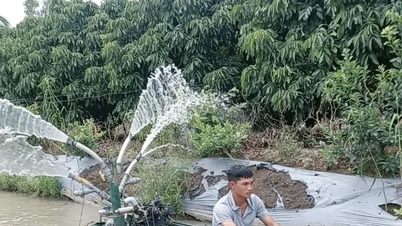















Comment (0)